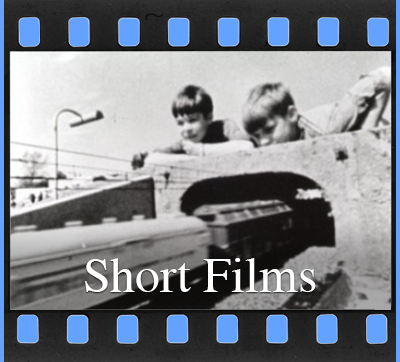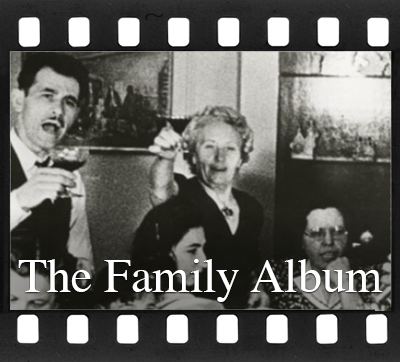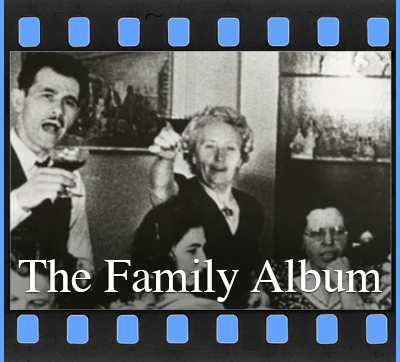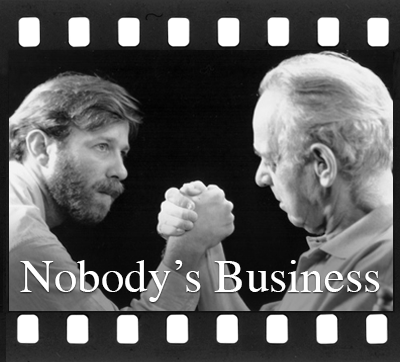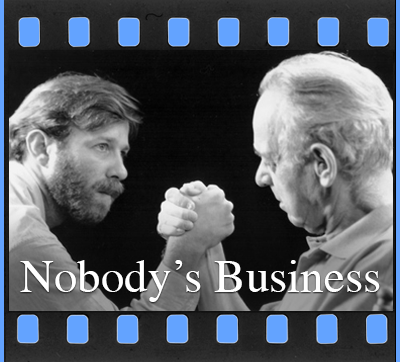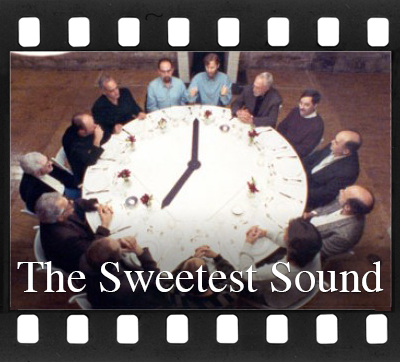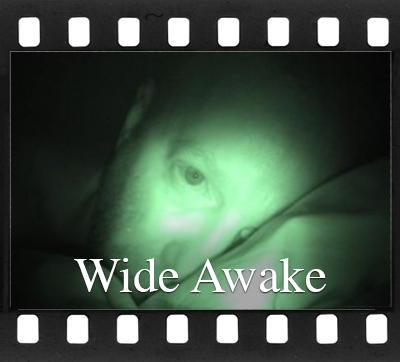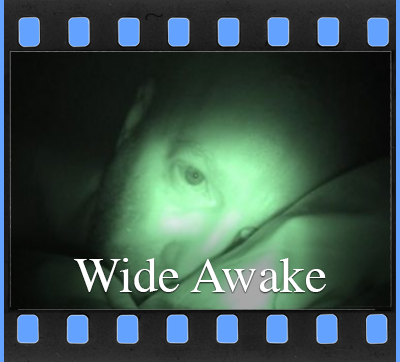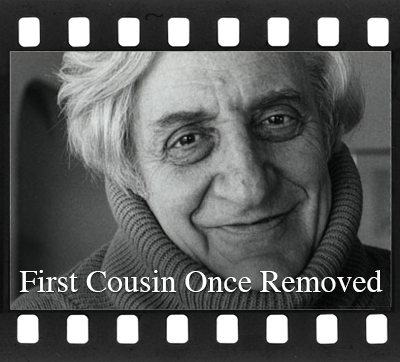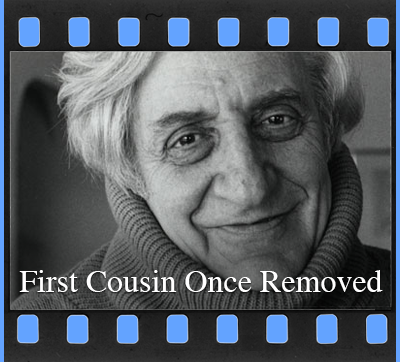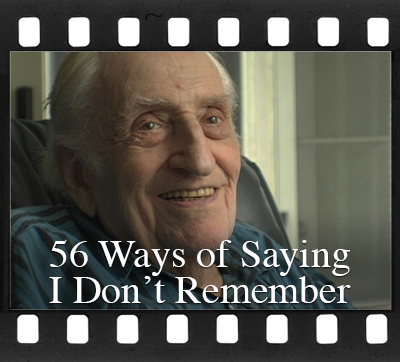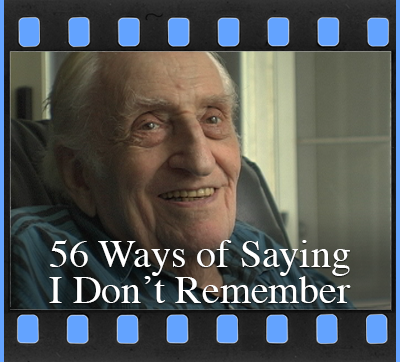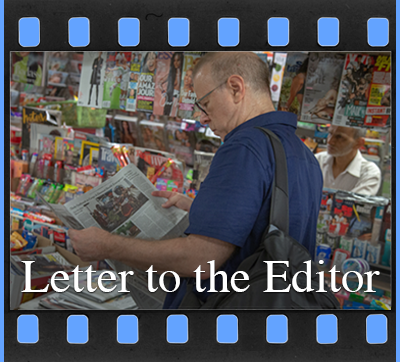Letter to the Editor
Director's Q&A
How did this project originate?
The project originated in 1980, when I began a daily ritual of cutting out, sorting and filing photographs from The New York Times. When I began, I wasn’t completely sure how I would ultimately use the photographs, but the project endured because it combined my obsession with collecting images and the urgings of my inner news junkie.
For most of us, what happens in the news is out of our control. Making Letter to the Editor was a way of taking that feeling of powerlessness in the face of the barrage of bad news that comes at us each day, and turning it into something useful – perhaps even something beautiful.
Explain how you began seeing the world differently through your collection of photographs.
Over the decades, the process of sorting photographs into my own idiosyncratic system of categories became my way of trying to make sense of the world. By removing the photographs from their original captions and stories, I could redefine them on my own terms, and begin making my own connections between them – not only across things like subject matter, subtext, and geography, but also, (as the years went by) across and over time. I could begin to observe the ways that some objects -- like hammers, pots and pans, and golf clubs to name a few -- have different symbolic, metaphoric, and practical purposes in different parts of the world.
As the decades went by, I often had to make changes to many of my categories, which became a way for me to measure how the world was changing. For instance, I originally started with a simple category called “Men with Guns.” Over time I was seeing more and more images of women with guns, so I made that a separate category. I then began noticing an increasing amount of images of children with guns. So that became a third category.
Taking the world apart in order to put it back together in surprising ways -- with new meanings -- is something I’ve always felt is one of the most important roles and responsibilities of artists in our culture.
Were your previous films conceived in the same manner?
Most of the films I've made over the last four decades have been personal and autobiographical. I’ve made films about my father, my grandfather, my cousin, my name, and my insomnia. All of them aspire to find the universal in the personal, and use the details of my life as a vehicle to do so. They all use archival materials, they all have elements of collage, and several of them even contain hints of my ongoing obsession with news and the newspaper. In the end they all share common bits of DNA.
When did you know now was the right time to make this film?
It’s impossible to avoid the countless articles being written about printed newspapers going out of business, publishers merging or being bought out by larger conglomerates, and newspapers leaving print for life on-line. The window of time I could continue collecting images felt like it was closing.
In addition, since 2016, the issue of freedom of the press has become one of the most urgent issues of our time. First, there are increasing attacks on the free press, with politicians labeling journalism they don’t like “fake news.” At the same time, the Internet and social media have eclipsed the newspaper as primary sources of news. This has democratized the news, but also raised questions about the truth and which news sources we can trust. The reliability of the printed newspaper as a source of news – and accountability – will be sorely missed.
What role does the Internet play in all of this?
Many aspects of the Internet operate like the Wild West – out of control, without limits, rules, and regulations. On-line news sources can be manipulated more easily, and disseminated more rapidly. The future of news has become a big question mark. Will it ever become possible to find online curators of news we can trust -- or will we lose trust in everything?
Describe your daily ritual with the newspaper. Do you still go to your local newsstand and buy the newspaper?
For the past 40 years, it’s been my daily ritual to read The New York Times over breakfast, like a daily briefing preparing me to go out and face the world. Later in the day I go through the paper again and begin looking for photographs to cut out.
Since I began editing the film about five years ago, I’ve also been buying a second backup copy of The New York Times each day. In the old days, if there was a photo I liked on page five and another photo behind it on page six – I had to make a choice – one or the other. As my editing process evolved, I realized how important it was to have access to every photograph in the newspaper. I also wanted a backup, just in case my morning newspaper was damaged, crinkled, or wet (my delivery person had no idea I need the newspaper in pristine condition!). Having two newspapers each day became a kind of insurance policy.
How many images have you collected over 40 years?
It’s impossible to give you an exact number. As I say in the film, “Let's just say a lot — more than a lot, far too many to count.” But 40 years is a total of 14,600 days. Each day there could be five photos; some days (like a Sunday) there could be twenty – or even more. You can do the math. Describe your process when you started editing the movie together five years ago.
I started by scanning about 2000 images into my computer, giving me a critical mass of photographs to begin working with. I spent the first year being playful with the images, looking for connections and different ways of knitting them together.
I began by building small discreet sections (in the spirit of how the newspaper is composed) - like musicians, dancers, landscapes, sports, etc. For instance, I took lots of different baseball images – players from different teams, games, and years -- and edited them in ways that could create the illusion of a pitcher throwing a ball, or a hitter swinging a bat -- all based on the optical phenomenon known as the persistence of vision. If you present a series of images in the proper sequential order, and at a fast enough rate, you can create the illusion of continuous motion. It's the same principle at the heart of traditional animation. Describe your sorting method for the photographs.
Every image I scanned into my computer was filed into several (sometimes as many as ten) categories. To use a metaphor from chemistry, I was trying to give each photograph its maximum valence; that is, I was trying to see how it could connect in different and unpredictable ways with every other photograph in my archive. My filing system eventually grew to more than 1600 different categories, an expanding vocabulary for defining and decoding the world. All of which was intended to help the audience see the news – and the world -- in new and different ways.
Describe how your collage process works in this movie.
I've experimented with collage techniques in all my films, each of which uses archival footage of some sort to tell its story. In Letter to the Editor, for instance, the dance sequence weaves dancers from countless styles, genres, and dance forms from around the world into a synthetic dance collage that has a surprising kinetic energy and coherence.
What makes a photograph compelling, in your opinion?
For me, photographs are the key link between past and present, and the true vehicle of historical memory. Research has shown that people are more likely to remember an "image" of a historical moment than any video or audio documentation. As I began gathering images for what I call the "history" section of the film, I realized that every image tells us something (social, cultural, economic, political, and technological), about the day, year, and decade in which it was taken. But some photographs have the power to become iconic – like images of JFK’s assassination -- and become ingrained in our collective memory as "history."
Photographs in the newspaper are also windows to the world, telling stories about the personal lives of people I’ll never get to meet. They become my introductions to places I’ve never been, religions, social mores and cultures I’ve never experienced, and (in many cases) a way to appreciate and understand the privilege that comes with being able to read the newspaper over breakfast in the first place.
Letter to the Editor also discusses the question of beauty and abstraction in newspaper photographs, particularly how the visceral impact of photographs depicting extreme violence, destruction, war, and other horrors – which are often rendered so beautifully in news photography – make us forget or at least minimize the horror of what we’re looking at.
Has the role of the photograph changed in the digital era?
Photographs on the Internet are pristine, sharp, and regardless of subject matter, possess a digital clarity that’s almost always visually gripping. This is in sharp contrast to photographs in the newspaper, which are often grainy and uneven in quality.
The prevalence of cell-phones allows more people to report their own news, sometimes even evade censors, and to share their news in the immediacy of the moment – which is slowly changing the boundaries between professional and amateur photography. Yet digital photographs are also easier to manipulate and distort, which once again raises the question of “fake news.” I think it’s also fair to say that are now more videos on-line than still photographs, which are also vulnerable to manipulation. The other big change to photojournalism in the digital era is the increasing use of robotic devices and drones to take photographs in difficult and dangerous circumstances.
You mention your son in the movie, who is 15, and a digital native. How do you feel about his relationship to the news?
My son Eli’s digital devices are second nature to him. He would be completely happy to live in a paperless world, getting his news online from social media. I'm always clipping articles from The New York Times I think would interest him, and leaving them for him to read. I secretly wish he would file them after he’s done reading them, but I usually see them in the garbage. In pondering the life-changing advances in media and digital technology that divide our generations, Letter to the Editor can also be seen as a baby boomer's lament on the end of an era, on coping with change, on time passing, and on growing old.
Describe your process for acquiring and implementing the soundtrack for the film.
From the beginning, I knew that sound would play an enormous role in the transformation of newspaper photographs in my film. There are three basic sources of sound and music. The first is my large collection of sound effects, gathered over decades of making films. Letter to the Editor has a lot of bells ringing, cymbals crashing, and sewing machines running. It occurred to me at one point that some of the sounds I use -- like a manual typewriter, tuning transistor radios, and changing television channels -- would be completely unknown and unfamiliar to Eli and his generation.
I also use what I call “the music of news” — (from TV, radio, and other media) that employs hard-driving rhythmic and pulsing musical themes. In many ways, these themes serve a kind of “Pavlovian” purpose — priming our nervous systems for the day’s headlines and headaches. I also use various kinds of music that come from inside the photographs themselves. For instance, the photograph of a man holding a rare album of Henry Litolff’s 1856 “Overture Maximilien Robespierre” (op. 55), led me to find that recording and use it in the film.
How would you say this film is a personal expression?
As with all my films, I aim to find a balance between the universal: how the news functions in our lives, and how the newspaper fulfills that role – and the personal: how I can enhance those ideas with my own stories, observations, opinions, humor, and reflections.
The film also explores my experiences on both sides of the page – as both a reader of the news and as a citizen of the world living through events reported on in the newspaper. I give two examples of my own experiences living “inside” the news, to reveal the power of personal storytelling and how it can help viewers recognize their own opinions and feelings in response. I describe waking up to loud explosions on September 11 th , and serving as part of a civilian rescue brigade that day -- and how it has impacted my approach to coping with despair (“hope still lives”). I also tell the story of being tear-gassed in Istanbul, Turkey during major protests in 2013, including the growing role of social media in a country where freedom of the press was censored. In both cases I suddenly found myself inside the kinds of news photographs I had been collecting for decades.
Why is the loss of the printed newspaper such a threat, in your opinion?
For me, one of the most significant impacts of the loss of the newspaper is that there will no longer be a “snapshot” of every single day in history. While the Internet continually refreshes itself in the pulse of real time like a stream of consciousness, there’s always been something grounding and comforting in being able to look at the newspaper (especially in retrospect), as a kind of time capsule – allowing us to reflect on the world in a contemplative manner.
The democratization of news sources has allowed more voices to speak out, but also led to increasingly partisan approaches to thinking about news. And weakened trust. And one more thing that doesn’t get talked about too much: there’s no online business model for local newspapers that have been forced to close their printed editions. The loss of local news coverage generally translates to less political engagement by local citizens, who will miss the voices and perspectives of their trusted local journalists. Local newspapers also serve as archivists for their communities. The chronicles of local history – whether in words or pictures – will now be lost.
What would you like audiences to take away from this movie?
I think of the film as an elegy – perhaps even a kind of preliminary obituary -- for the printed newspaper in the digital age. At the same time, I’m trying to take measure of this current historical moment, a time of technological change that has thrust journalism into crisis.
In the end, LETTER TO THE EDITOR is as much a meditation on the news and the newspaper, as it is on the state of the world they report on. Even amidst the despair, I want to leave viewers with a message of hope.




